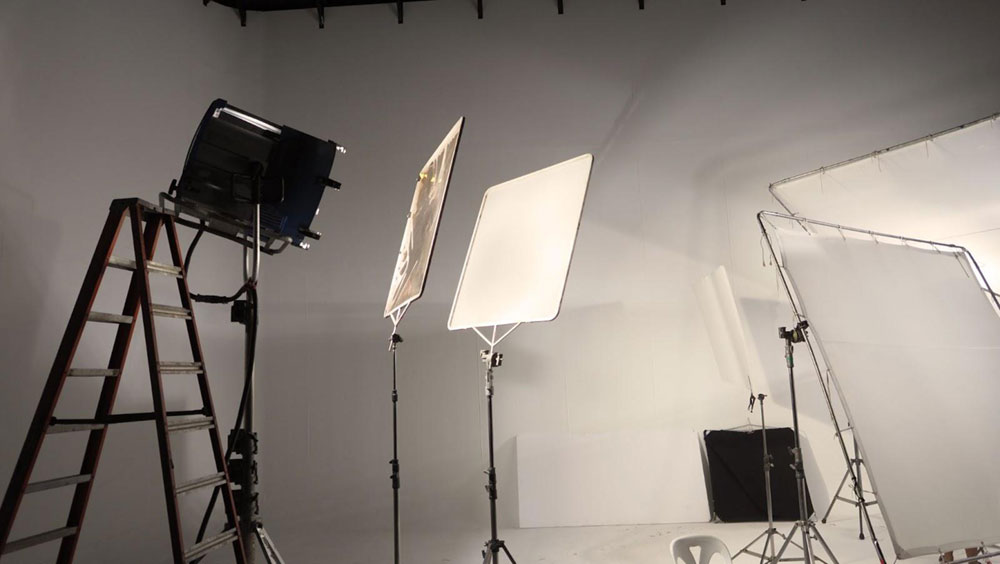What is Low Key Lighting in Photography and Why Use It?
In the vast universe of photography, one technique stands out for its dramatic impact: low key lighting. But what exactly is low key lighting in photography? It primarily involves expressive contrasts, where shadows play a defining role. This lighting style often conveys emotion, evokes drama, and adds depth to your subjects. For professional photographers, understanding and mastering this technique can enrich your portfolio and elevate your storytelling.
Low key lighting emphasizes the darker elements of an image, using minimal fill light while keeping a portion of the subject in shadows. This technique creates strong contrasts, often drawing viewers' attention to specific areas of the photograph. While some might associate low key lighting primarily with black-and-white photography, its principles can be applied to color imagery for equally powerful effects.

The Anatomy of Low Key Lighting
To comprehend what makes low key lighting special, its essential to understand its anatomy. Typically characterized by:
- Strong contrasts: The juxtaposition of bright highlights against deep shadows.
- Minimal lighting: Relies on one or two light sources to create dramatic effects.
- Emphasis on shapes: Allows the shapes, silhouettes, and textures to be accentuated.
The Essential Gear for Low Key Lighting
Embarking on the journey of low key lighting requires specific tools. Heres a starter kit:
- Light Source: A reputable softbox or speedlight is crucial. Use these to control the direction and intensity of your light.
- Reflectors: Use reflectors sparingly to bounce a bit of light onto the shadow areas if necessary.
- Backdrops: Dark backgrounds amplify the effect of low key lighting, making your subjects stand out.
For more on the importance of lighting, refer to this insightful article on lighting.

The Artistic Application of Low Key Lighting
As you venture deeper into low key lighting in photography, consider its artistic implications:
- Creating Mood: Low key lighting excels in setting the mood. Whether its mysterious, somber, or introspective, the shadows create a canvas for storytelling.
- Highlighting Emotions: By focusing light on certain facial features or body language, you can portray complex emotions.
- Enhancing Texture: Shadows can reveal intricate details and textures that might otherwise go unnoticed in flat lighting.
Common Mistakes to Avoid
While creating stunning low key images is exhilarating, a few pitfalls can detract from your efforts:
- Overcomplicating Lighting: A simple light source often yields the best results, so resist the urge to overdo it.
- Ignoring Background: A cluttered background can distract from the subject, so always opt for darker hues.
- Excess Exposure: Low key images should be underexposed; avoid artifacts by maintaining the balance.

Finding Inspiration for Low Key Lighting
Inspiration can often strike from unexpected places. As you experiment with low key lighting, seek inspiration in:
- Classic Paintings: Artists like Rembrandt and Caravaggio used chiaroscuro with profound skill.
- Contemporary Photography: Follow photographers on platforms like Instagram or Pinterest who specialize in low key images.
Integrating Low Key Lighting into Your Workflow
Mastering low key lighting in photography is not just about technique; its about integrating this style into your creative workflow:
- Experiment with Angles: Varying angles can yield different moods; dont hesitate to explore.
- Post-Processing: Fine-tune brightness, contrast, and saturation to perfect your images using software like Lightroom.
For further guidance on setting up studio lighting quickly, check out this resource on studio lighting.
FAQs about Low Key Lighting
1. What is the difference between low key and high key lighting?
Low key lighting focuses on shadows and contrast, while high key lighting is bright and minimizes shadows, creating a more cheerful atmosphere.
2. Can I achieve low key lighting without professional equipment?
Yes! You can use natural light sources like sunlight or lamps to create low key images; however, professional softboxes yield more controlled results.
3. How do I know when to use low key lighting?
Utilize low key lighting when you want to evoke strong emotions, create an intimate atmosphere, or highlight textures in your subject.
As an Amazon Associate, I earn from qualifying purchases.
As an Amazon Associate, I earn from qualifying purchases.

